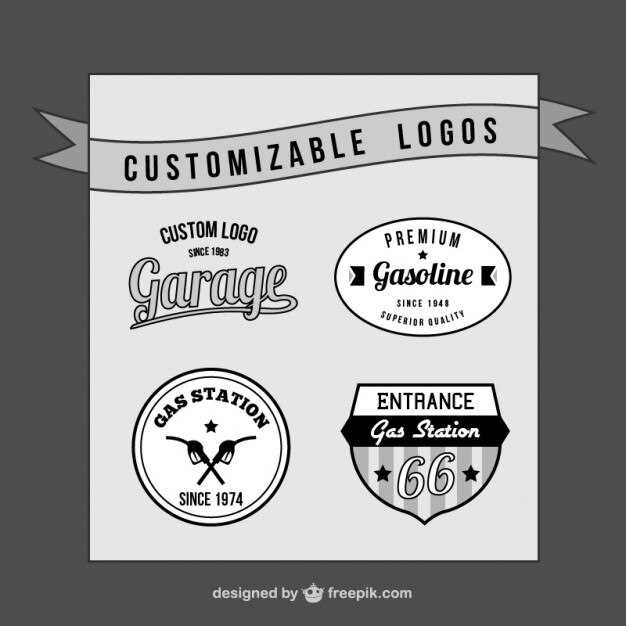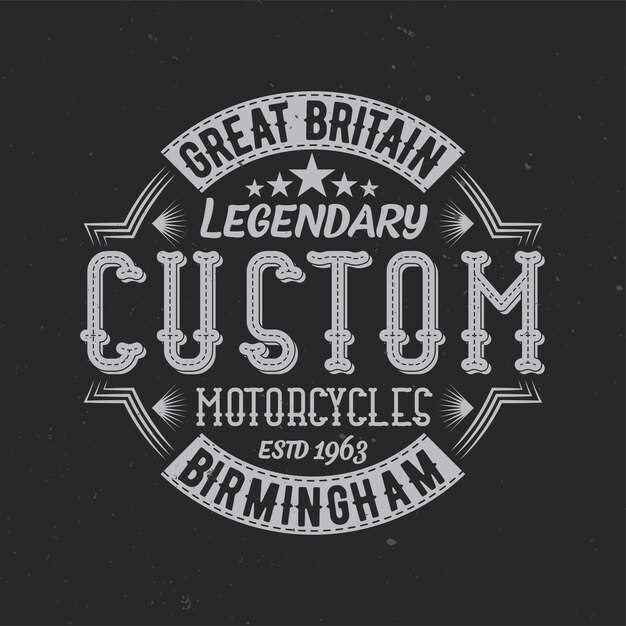
Restoring classic decals and badges is a vital detail of the vintage vehicle restoration process. These small yet significant elements not only add character to a vehicle but also serve as a historical reference, telling the story of its original design and manufacture. Over time, these decals can fade, crack, or peel, detracting from the overall appearance and value of the vehicle. Therefore, undertaking the work to restore them is essential for any true vintage car enthusiast.
The process of restoring decals and badges requires a careful approach, as each piece may have been subjected to different environmental factors that affect its condition. Identifying the materials and techniques used in the original production is crucial. In some cases, reproduction decals may be necessary, while others may require detailed touch-ups or even complete restoration to preserve their authenticity.
Attention to detail is paramount in this work. The color matching, texture replication, and proper application techniques can significantly influence the outcome of the restoration. Utilizing modern technology alongside traditional skills, enthusiasts can bring these elements back to life, ensuring that the vehicle maintains its originality and charm. In this article, we will explore various methods and tips for effectively restoring vintage decals and badges, helping you to enhance the beauty and value of your classic vehicle.
Identifying Authentic Vintage Decals and Badges
When restoring classic vehicles, one of the most crucial aspects is ensuring that the decals and badges are authentic. Authenticity not only enhances the vehicle’s value but also preserves its historical integrity. To accurately identify genuine vintage decals and badges, several key details must be examined.
First, examine the materials used in the decals. Original vintage decals were often made from specific types of vinyl or paper that may differ significantly from modern materials. Look for signs of aging, such as fading or discoloration, which are common in authentic pieces. The texture and thickness of the decals can also provide clues about their authenticity, as older decals had a distinct feel compared to contemporary reproductions.
Next, scrutinize the printing techniques employed. Vintage decals typically feature unique printing methods, such as silkscreen or offset printing, which could result in slight imperfections or variations in color and alignment. Analyzing these details carefully can reveal whether a decal is original or a reproduction. Additionally, the presence of registration marks or specific logos unique to certain manufacturers can aid in verification.
Another vital factor is the placement of badges and decals. During production, manufacturers adhered to specific guidelines regarding their positioning on vehicles. Cross-referencing known specifications for your vehicle model can help confirm whether the decals are placed correctly, supporting their authenticity. Take note of any discrepancies, as this may indicate that a decal is not original.
Lastly, consider consulting with experts or collector communities to gather insights about specific decals and badges. Experienced restorers often have extensive knowledge and can provide invaluable information about identifying authentic pieces. Engaging with this network may also lead you to trusted sources for acquiring genuine decals and badges for your vintage vehicle restoration project.
Step-by-Step Techniques for Reproducing Classic Designs

The process of reproducing classic decals and badges for vintage vehicles requires precision and attention to detail. Follow these step-by-step techniques to achieve high-quality results that honor the original designs.
1. Research the Original Design
Begin by collecting as much information as possible about the original decals and badges. This includes photographs, specifications, and any available templates. Pay close attention to colors, fonts, and size dimensions, as accuracy is crucial in maintaining authenticity.
2. Choose the Right Material
Select materials that closely mimic the original decals. Vinyl is commonly used for its durability and versatility. For badges, consider metal or high-quality plastic that can withstand weather conditions and maintain their appearance over time.
3. Digital Recreation
Utilize graphic design software to recreate the original designs digitally. Import your reference images and use tools to trace the outlines, ensuring that the design remains faithful to the vintage aesthetic. Pay attention to color matching and font selection to replicate the original look accurately.
4. Create a Prototype
Print a prototype of your design on a test material. This step allows you to evaluate the overall appearance and make adjustments before finalizing the product. Check for color accuracy, detail clarity, and proper sizing at this stage.
5. Final Production
Once satisfied with the prototype, proceed to the final production phase. For decals, use a vinyl cutter to produce the design with precision. For badges, if applicable, use appropriate molding techniques or printing methods to achieve the best results. Ensure that all finishes are applied to enhance durability.
6. Application Techniques
When applying decals to vehicles, ensure the surface is clean and dry. Use a squeegee to smoothen out any air bubbles during application. For badges, make sure to use the right adhesive or mounting technique suitable for the material and vehicle type.
7. Final Inspection
Conduct a thorough inspection of the finished product. Check for any imperfections or inconsistencies in the design, ensuring that it aligns with the vintage style. Take the time to correct any issues before presenting the output.
By following these step-by-step techniques, you can effectively reproduce classic decals and badges, bringing vintage vehicles back to life with authenticity and care.
Preservation and Application Methods for Long-lasting Results

Preserving classic decals and badges requires meticulous attention to detail to ensure they withstand the test of time. Proper storage conditions play a significant role in maintaining their integrity. Keep decals away from direct sunlight and humidity, as UV rays can cause fading and moisture can lead to peeling.
When it comes to applying these vintage elements, surface preparation is key. Begin by thoroughly cleaning the area where the decal or badge will be placed. Use a mild solvent to remove any grease or dirt, allowing for a smooth application. An even temperature is also critical; avoid applying in extreme heat or cold, as these conditions can affect adhesion.
For installation, carefully align the decal, using a ruler or a tape measure for precision. Apply the decal from the center outward, using a soft squeegee or cloth to eliminate air bubbles. This work ensures a flawless finish that enhances the vintage appearance of the vehicle.
After application, consider using a clear coat sealant to further protect the decal or badge. This step adds an extra layer of durability against the elements and enhances longevity, ensuring that your vintage vehicle remains as eye-catching as ever.





